In Dungeons & Dragons 5th Edition, your ability to move around the battlefield is the first thing you need to know. Speed is the measurement of said ability and is one of the most important things to know about your character. Thankfully, once you find it the first time, it’s a piece of cake to find it again.
Speed is the number of feet (or meters) that a character is able to move in a single-move action in Dungeons & Dragons 5th Edition. It is an approximation of how far a character can move in around two seconds of action when in a fight.
Because speed is often conflated with combat, we will reference “squares” of movement in this guide. A single square of movement is equivalent to five feet (or 1.5 meters) of distance. In 5E, diagonal movement does not cost additional squares, meaning that for every five feet of speed a character has, they can move in any direction by one square.
Table of contents
How to find my speed in DnD 5E
Your speed is an aspect of your race in Dungeons & Dragons 5E. When you select a race, under ability scores, you will see a size and speed category. That is what your speed is with no other modifiers, such as armor, magical spells, or class features. You will also want to keep note of any alternative types of speed that a race may have.
Let’s take the Custom Lineage option from Tasha’s Cauldron of Everything as an example. That race has 30 feet of speed (or six squares), which is the standard among races. Most races start with this much movement speed, with a few marked exceptions. Mainly:
- A few races, such as the Wood Elf, Wood Half-Elf, or Dhampir have a speed of 35 feet. The Centaur race has a base speed of 40 feet.

- Several races feature a speed of 25 feet, including Dwarves, Gnomes, and Halflings. This is to represent the fact that they have shorter legs or have a harder time moving from one place to another. Aarakocra, from the Elemental Evil Player’s Companion, use their wings more than their legs and thus have a lower walking speed by default.
On a given turn, a member of a race may walk their speed as part of their move action and may do so again by taking the dash action. This number represents the number of squares they may move across the ground while unhindered and encountering no obstacles.
Difficult terrain, which is any square that has a significant obstacle (such as brambles, gusts of wind, or muddy ground), is the primary obstacle for movement. If a creature moves through difficult terrain, they must spend double the amount of speed per square they move through—usually 10 feet. This only lasts while the target is in the difficult terrain, so they’ll get their normal speed back once they’re out of said terrain.
Different types of speed
Some races have alternative types of speed other than walking. These races will have a second number for their speed and reference either climb, fly, or swim in the entry. They will also commonly have a listing in their racial features describing under what circumstances that movement speed applies.
A climb speed means that a creature may move along walls without need for purchase, as long as those walls are realistically climbable, and do not need to roll ability checks to do so. For example, the Tabaxi has a climb speed of 20 feet. That means when they are next to a wall, they may move along that wall as if it were a floor. This does not mean they can climb on surfaces designed to not be penetrated by claws, such as a waterfall. They still need purchase.
A fly speed means that a creature may move through the air at will. An Aarakocra has a fly speed of 50 feet, as long as they are not wearing medium or heavy armor. That means they can move in any direction through the air as if it were the ground. They can alternatively move upwards or downwards—and diagonally upwards or downwards—by spending five feet of fly speed.
A swim speed means that a creature may move through water freely, without ability checks. A Lizardfolk, for example, has 30 feet of swim speed. That means, in the water, they can move horizontally in any direction just like they were walking. They may also swim underwater in any direction—upwards, downwards, horizontally, and diagonally in every way—by spending five feet of movement.
If your race has an alternative speed, that speed is not separate from their walking speed. For example, a Lizardfolk may not swim 30 feet and then walk 30 feet. Instead, it is designed to be portioned out.
For instance, a Tabaxi may walk 15 feet and then climb 10 feet—they have used half of their walking speed and half of their climbing speed. That is their full movement available to them, so they would have to dash if they wanted to climb more.
Travel
Your movement speed does not affect how quickly you perform overland travel. A party of dwarves and a party of centaurs, by default, can travel at the same speed using the default travel pace rules.
This ruling can differ from DM to DM. As the rulebook suggests, however, everyone moves at a 300 feet-per-minute, three-mile-per-hour pace when traveling normally. They can up this to 400 feet per minute, but they will then take a minus-five to passive Perception DCs. They can alternatively downgrade it to 200 feet per minute to use stealth.
How to improve my speed in 5E
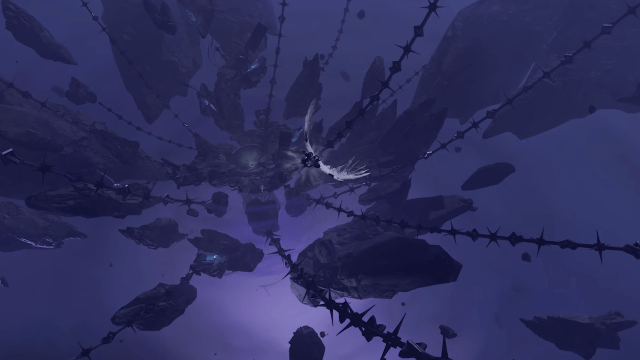
Thankfully, after you select your race, you still can get abilities that can further improve your speed. These normally will come from classes, feats, or spells that apply movement speed bonuses.
Classes that improve speed
The Barbarian and Monk each have the ability to naturally boost movement speed. The Barbarian gets a +10 to speed at level five, while the Monk gains a +10-30 to their speed from levels two to 18. The Barbarian cannot be wearing heavy armor—and the Monk can’t wear any armor—to benefit from their movement speed bonuses. Several subclasses, such as the Gloomstalker, gain additional speed bonuses in specific circumstances.
Related: Baldur’s Gate 3: Best Ranger build in BG3
By default, if a feature talks about increasing speed, it refers to all speed types that the character has access to. For instance, a Lizardfolk Barbarian who reaches level five improves both walking speed and swim speed to 40 feet. A level 18 Monk who has the Fly spell cast on them receives that +30 bonus to their magical flight speed.
Some subclasses will specify what type of speed it improves, however. For example, the Scout Rogue gains a walking, climbing, or swimming speed buff of +10 feet. They cannot apply it to a fly speed if they were to receive one.
The following subclasses have ways to buff their own speed or their ally’s speed.
- Alchemists and Armorer Artificers
- Beast and Totem Warrior Barbarians
- Swords and Spirit Bards
- Psi Warrior Fighters
- Drunken Master Monks
- Glory Paladins
- Gloomstalker Rangers
- Scout Rogues
- Bladesinging, Graviturgy, and Transmutation Wizards
Related: Baldur’s Gate 3: Best Wizard subclass in BG3
This list does not include subclasses that have features that allow a character to move as a reaction or bonus action. These all can provide numerical bonuses to speed at some point in their feature progression.
Feats that improve speed
There are two feats that buff speed in 5E. They are Mobile and Squat Nimbleness.
The Mobile feat is the only one in 5E that actively provides a strict bonus to speed with no caveats. That feat improves your speed by +10, allows you to ignore difficult terrain when you dash, and lets you avoid opportunity attacks from a creature you attack.
The Squat Nimbleness feat improves the speed of Dwarves and Small races by five feet. It has the additional bonuses of proficiency in athletics or acrobatics, advantage to escape being grappled, and a plus-one to Strength or Dexterity.
Magic for speed improvements
Spells are a common way to improve the speed of your allies, either by giving them superior speed options or by buffing the speed they already have. The following spells are useful for making party members go farther.
- Ashardalon’s Stride for a +20 to speed.
- Draconic Transformation, Fly, and Investiture of Wind give 60 feet of flight.
- Haste doubles the speed of your target.
- Longstrider improves speed by 10 feet.
- Spider Climb gives a climb speed.
- Tasha’s Otherworldly Guise gives 40 feet of flight.
- Wind Walk gives a flying speed of 300 feet, though restricts combat actions to dashing.
How to debuff enemy speed in 5E
Debuffing enemy speed can be somewhat easier than buffing your own. Classes, feats, and magic alike can have abilities that debuff enemy speed.
- Classes tend to have an easier time slowing down enemies than buffing their own through subclass features.
- The Arcane Archer’s Grasping Arrow slows down the target by 10 feet.
- The Storm Herald Barbarian can activate their Tundra feature to reduce their target’s speed by zero within their storm aura.
- Magic has several methods of slowing enemies down.
- The Slow spell, for example, halves movement speed.
- Rime’s Binding Ice reduces speed to zero for any target in its cone.
- However, spells like Sleet Storm can apply difficult terrain to the area it is in.
- Feats have a much easier time slowing down targets than improving your own.
- The Slasher feat, one of our favorites, reduces the hit target’s speed by 10 feet.
- The new Fury of the Frost Giant and Soul of the Storm Giant feats also reduce speed through hits or auras.
- The Sentinel feat reduces enemy speed to zero when hitting with opportunity attacks.


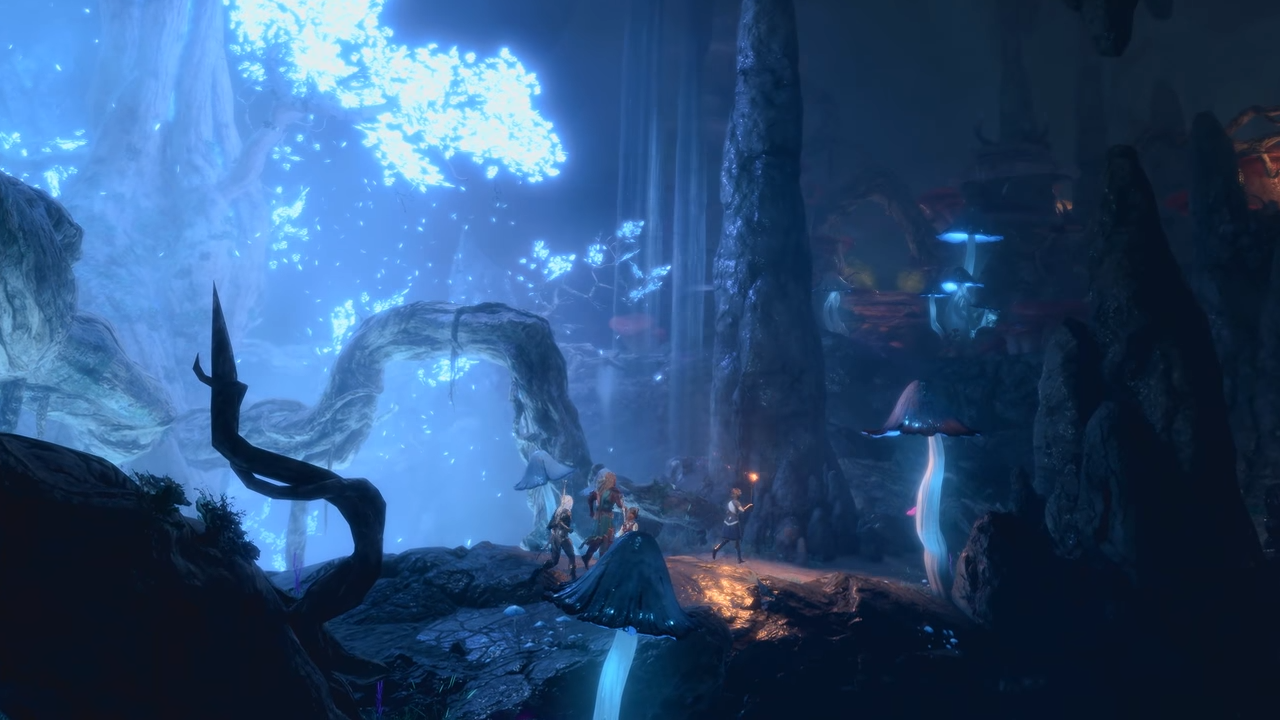
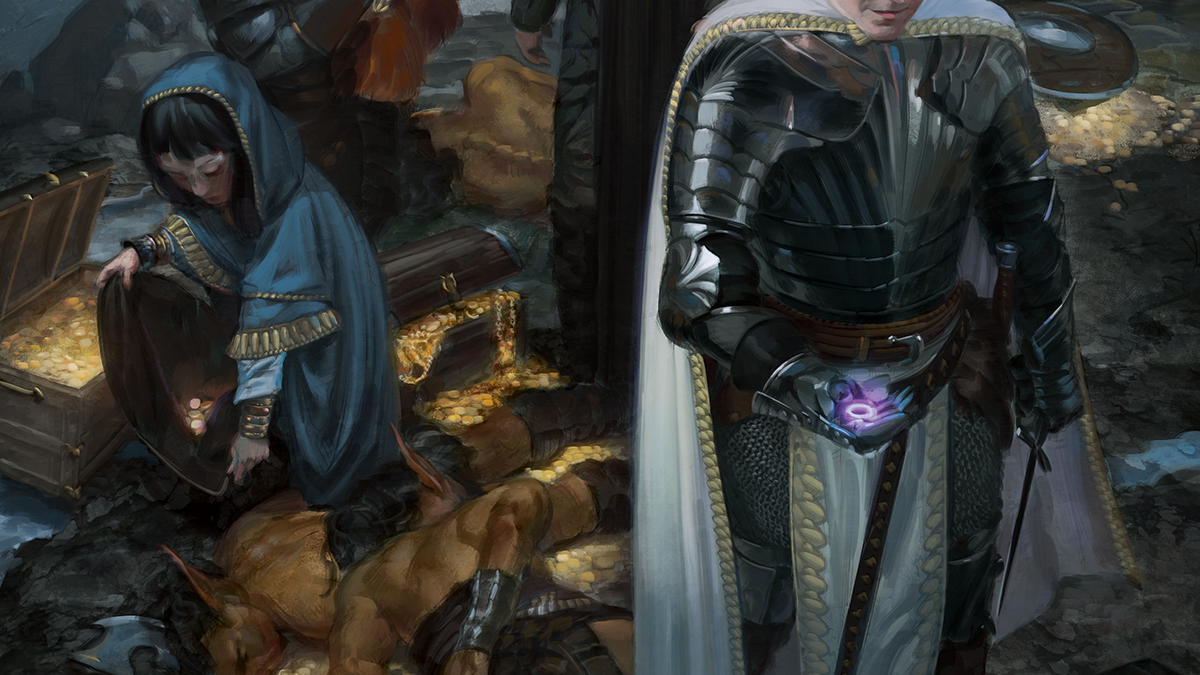
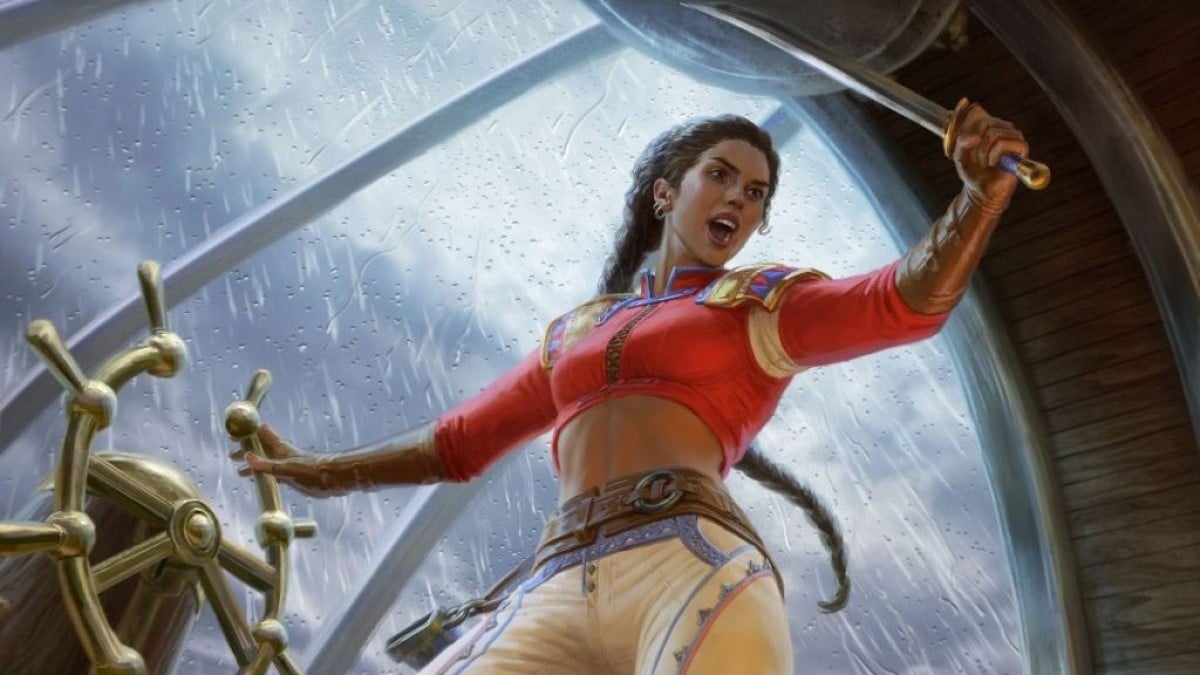
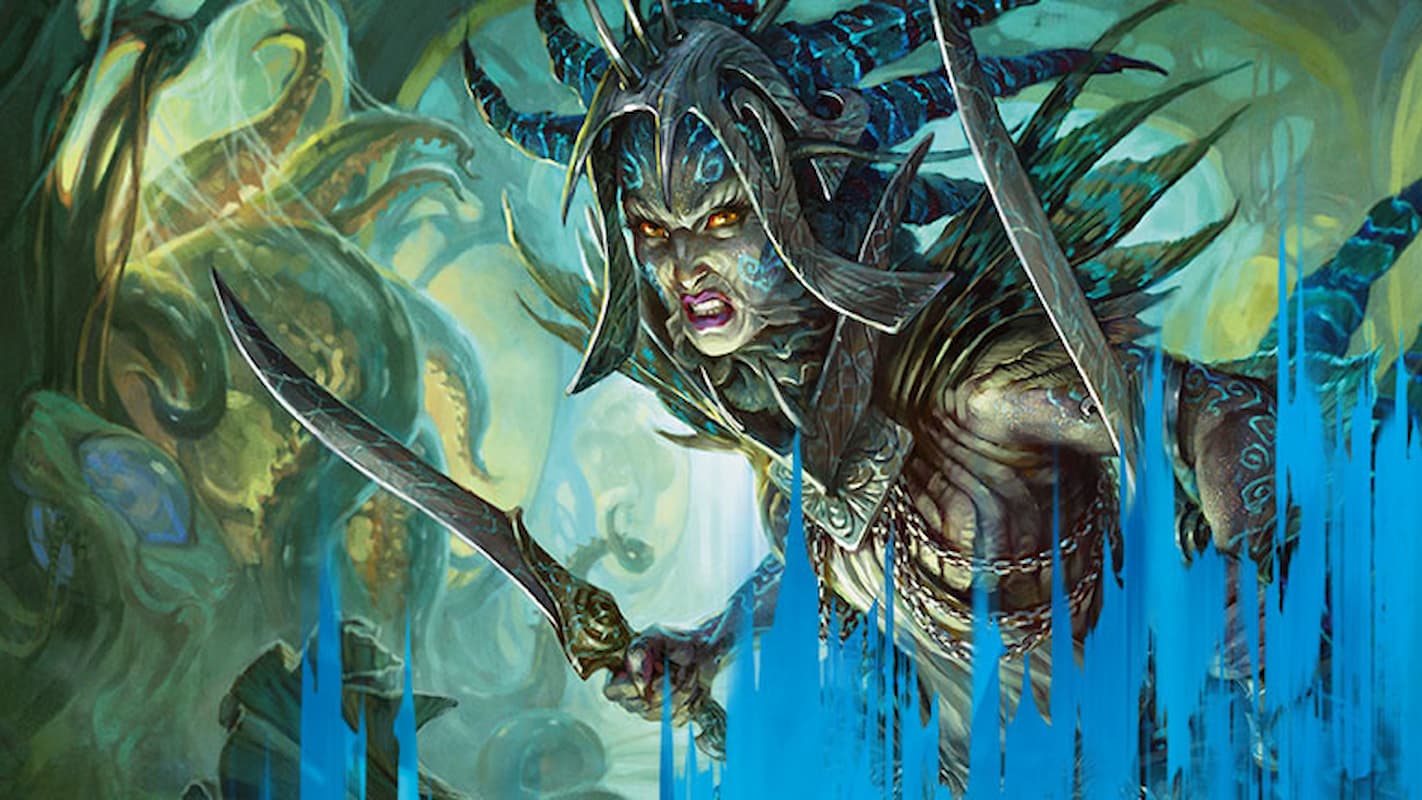
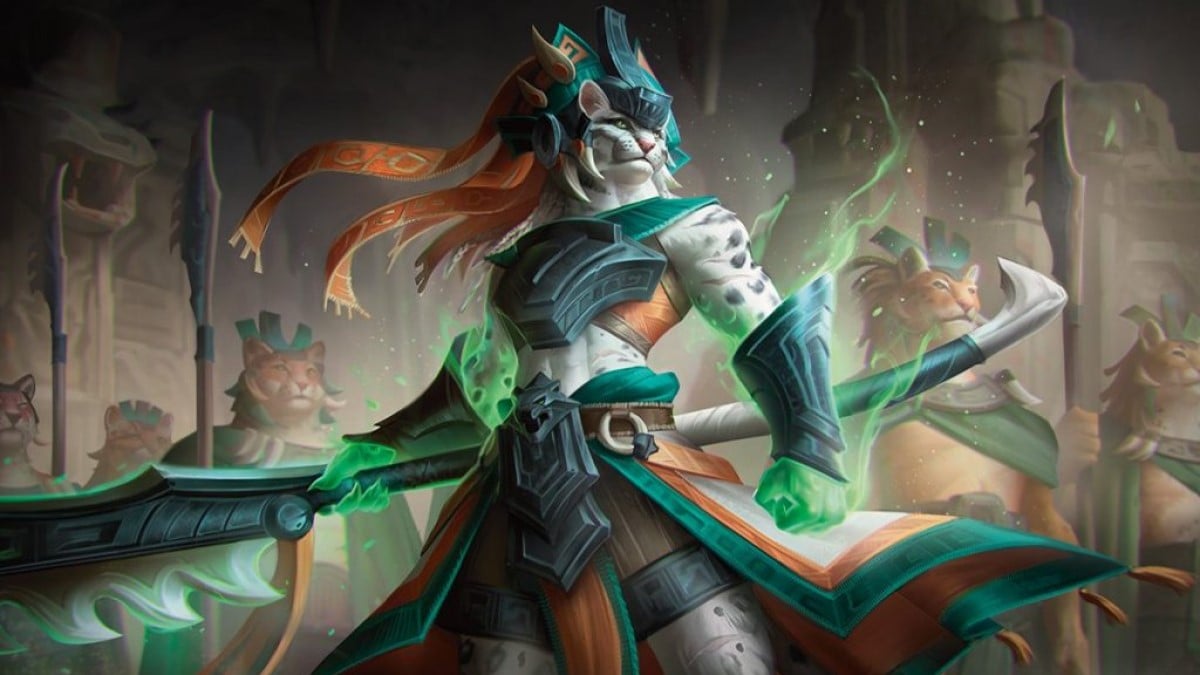
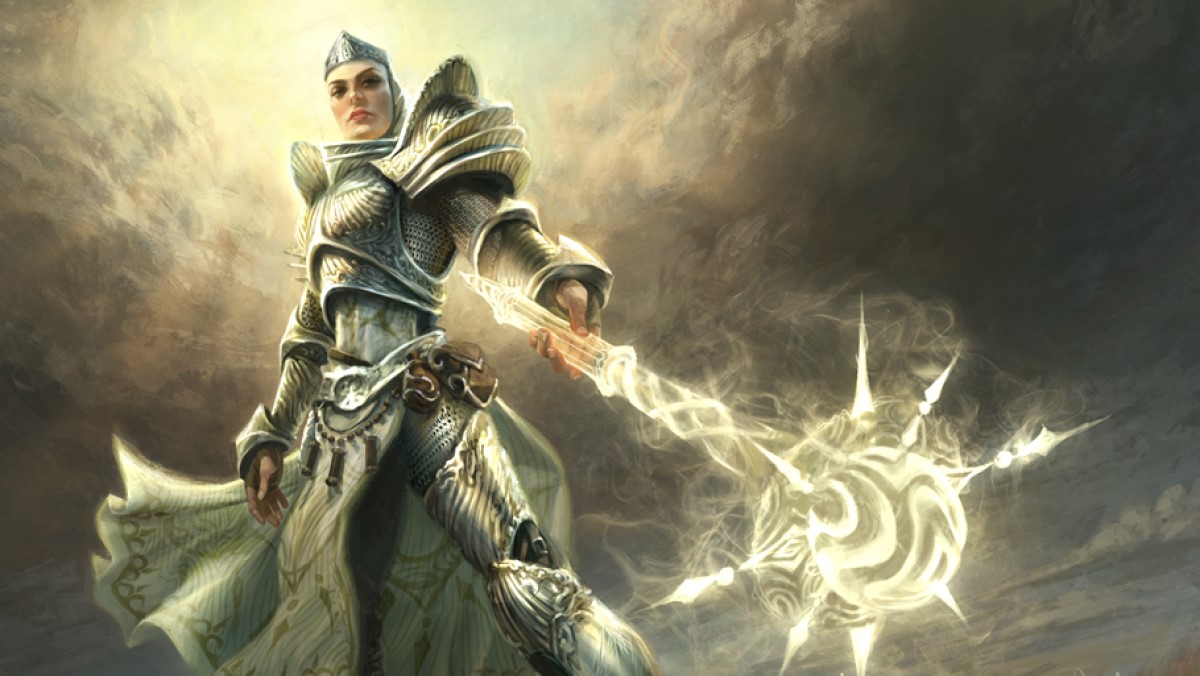


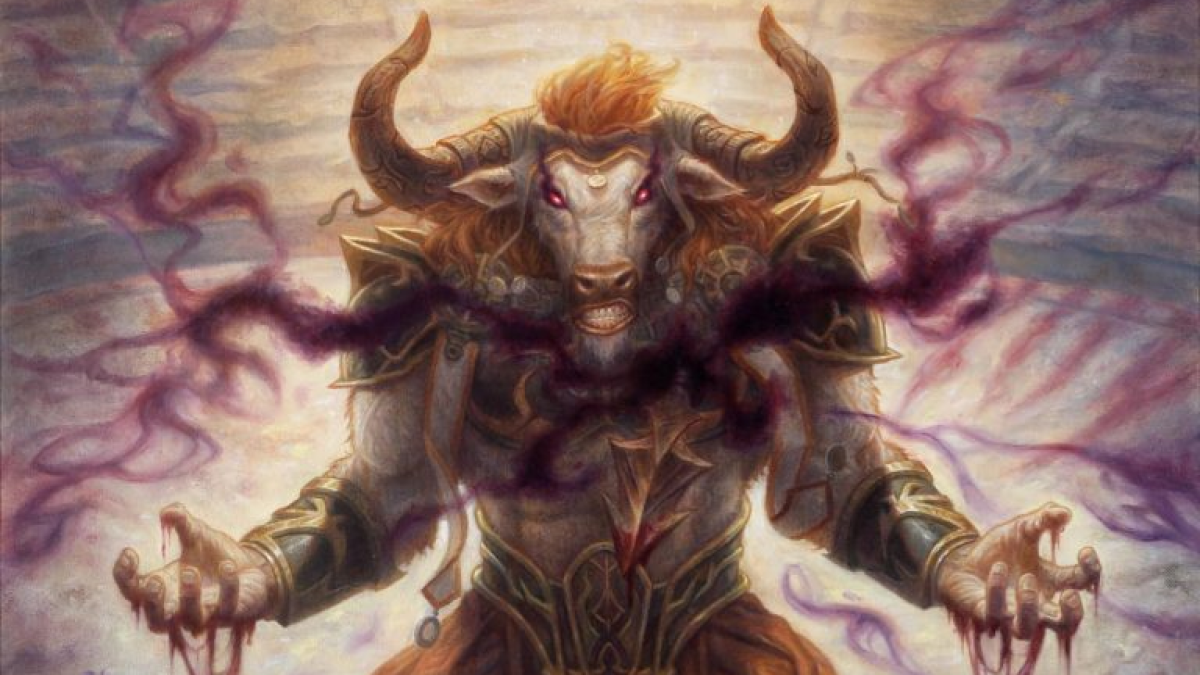

Published: Aug 29, 2023 03:57 am